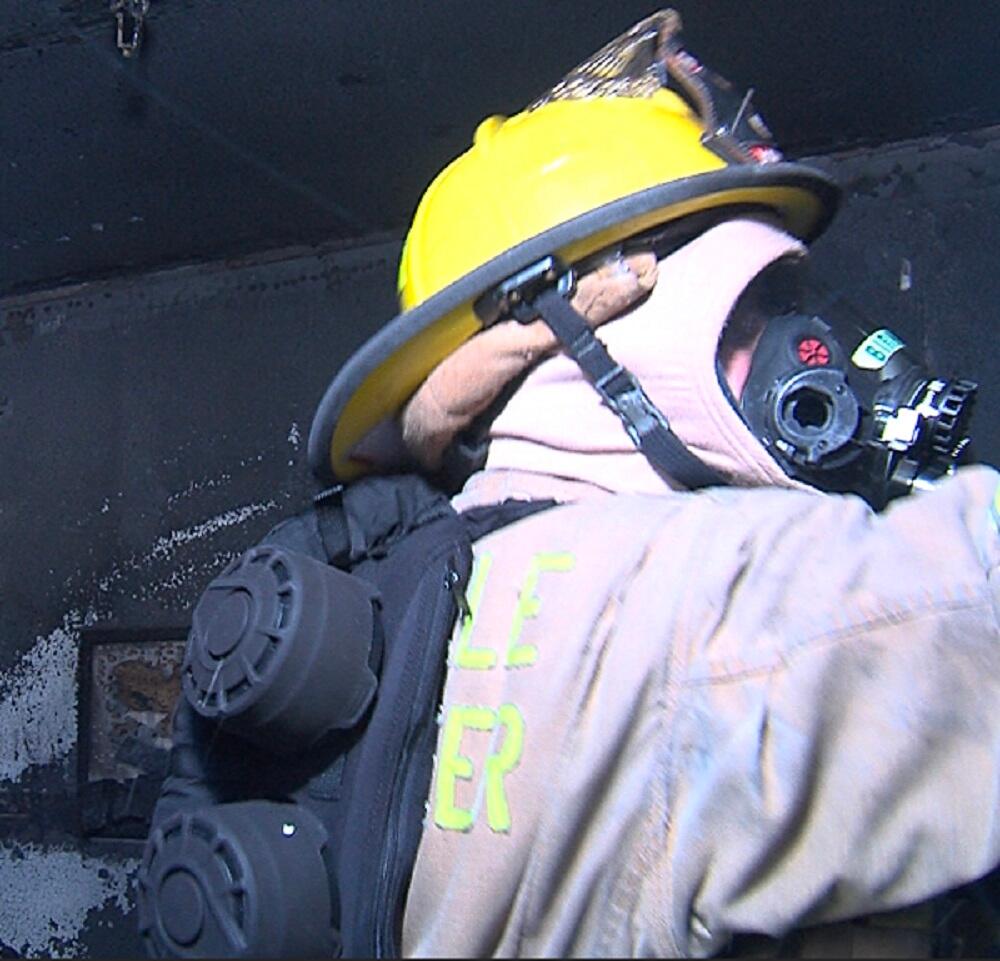
A collaboration between the Department of Homeland Security (DHS) Science and Technology Directorate (S&T), TDA Research Inc and Avon Protection Systems has yielded a new filtration system for first responders.
The new system is lower maintenance and, according to its creators, able to reduce the dangers to responders. It is lighter than the traditional self-contained breathing apparatus system (SCBA) and more comfortable as well. It also offers three variations: a single air purifying respirator (APR) dependent on lung power, a single powered air purifying respirators (PAPR), as well as a two-filtered version.
Specifically, the development was made with an overhaul in mind — the process after structural fires have been contained, when firefighters must hunt and extinguish any lingering pockets of combustibles. During such operations they are forced to lug around their SCBAs until they run out of air, at which point they continue to work without them, exposing them to potential contaminants.
The new system has washable filters and is, according to DHS S&T Program Manager Bill Deso, both stackable and modular. In an operational field assessment (OFA) now posted to the S&T website, the system’s comfort, usability, and breathing resistance is the focus in each of its three system configurations.
“The OFA included seven activities that provided first responder evaluators an opportunity to experience the various systems under realistic operational scenarios, including stair and ladder climbs and working in a pre-burned burn room using tools to probe for fire and sift through debris for evidence gathering,” Brian Albert, National Urban Security Technology Lab (NUSTL) Test Director, said. “After each activity, the evaluators were debriefed by a NUSTL data collector to share activity- and equipment-specific comments. Once they completed all of the operational scenarios, they provided feedback on their overall impressions of each system.”
The majority of evaluators found the system to be an improvement over the SCBA, though they did make recommendations for improvement. Testers and creators alike are hopeful the switch to such a system would reduce future injuries from strain and exhaustion.




